For over 60 years, Ben Sakoguchi has honed a satirical style of painting to unearth buried histories and expose treacherous power dynamics. Sakoguchi’s engrossing and sardonic tableaus depict America the beautiful, haunted by harsher subtexts of discrimination, exploitation, and state-sanctioned violence. His wry critique springs from a lifelong sense of being outside the spectacle of capitalist dreaming.
Ben Sakoguchi was only three years-old in 1942 when he and his three siblings and parents were removed from their San Bernardino home and grocery store to a WWII concentration camp. In Towers (2014), an ambitious multi-canvas painting, Sakoguchi considers the architecture and scope of the “relocation” program, as well as his own experience and that of 127,000 other Japanese immigrants and citizens incarcerated during the war period. The large central panel is a colorized rendering from a 1945 photo of the dozens of families in Block 13 of the Poston War Relocation Center in Arizona. A young Ben Sakoguchi in short pants and suspenders kneels in the dust. This innocent but grim group portrait is bordered with smaller paintings of ten concentration camps created by Roosevelt’s Executive Order 9066. Four of the flanking panels depict watchtowers and water towers, iconic against the wide skies. The quiet structures loom over displaced citizens forced to demonstrate their loyalty while they are denied their basic rights. Tar paper barracks stretch across America’s most inhospitable yet breathtaking landscapes. The official population count of each camp is noted in hand-painted lettering. The effect is surreal, yet matter of fact.
Sakoguchi was motivated to begin multi-canvas work about the camps following the deaths of his parents. Eager to regain their lives after the war, George and Mary Sakoguchi restocked the empty shelves of the family business with $1000 Mary had kept hidden in a money-belt she wore for three years of imprisonment. They struggled against the racist attitudes and policies which continued to hinder their success, and rarely spoke of their time in Poston. Fifty years later, Mary’s description of her life in the camp was succinct: “I hated it. I hated every single day.”
The solo presentation for Frieze Los Angeles includes paintings from Ben Sakoguchi’s series inspired by Francisco Goya’s Los Caprichos (1799). According to Goya, the series of 80 etchings illustrate “the innumerable foibles and follies to be found in any civilized society, and the common prejudices and deceitful practices which custom, ignorance or self-interest have made usual.” Sakoguchi’s Caprices (2003-2012) combine imagery from news and pop culture with captions modeled on Goya’s inscriptions. Tackling subjects ranging from drug use, to financial and religious excesses and abuses, to baseball-field etiquette, Sakoguchi reveals how the most minute aspects of our culture are imbricated in legacies of settler colonialism and systemic racism. Sakoguchi’s irrepressible humor draws us in and sets the record straight.
The booth display also samples works from the Orange Crate Labels series, begun in the mid-1970s and reprised in the mid-1990s. The bright paintings repackage objects of satire in the language of fresh produce, providing dark commentary on the bounty of the Golden State. In a more recent spin, the US government’s chaotic management of the quarantine offers ample material for Sakoguchi’s satiric sensibility.
Ben Sakoguchi (b. 1938, San Bernardino, CA) lives and works in Pasadena. He received his BFA and MFA from UCLA and taught at the Art Department at Pasadena City College until his retirement in 1997. He has exhibited solo projects at Bel Ami, Los Angeles (2021); Ortuzar Projects, New York (2020), POTTS, Alhambra (2018), The Skirball Center, Los Angeles (2016), The Alternative Museum, New York (1992), and San Francisco Fine Arts Museum, San Francisco (1980). His work has been featured in institutional surveys and group exhibitions including footnotes and headlines, Andrew Kreps Gallery, New York (2021); Landscape, Bodega, New York (2021); L.A. RAW: Abject Expressionism in Los Angeles, 1945–1980, Pasadena Museum of California Art, Pasadena (2012); Sub-Pop, Cardwell Jimmerson Contemporary Art, Los Angeles (2011); Made in California: Art, Image, and Identity, 1900-2000, Los Angeles County Museum of Art, Los Angeles (2000); and The Decade Show: Frameworks of Identity in the 1980s, The New Museum, The Museum of Contemporary Hispanic Art, and The Studio Museum, New York (1990); He was twice awarded fellowships by the National Endowment for the Arts.
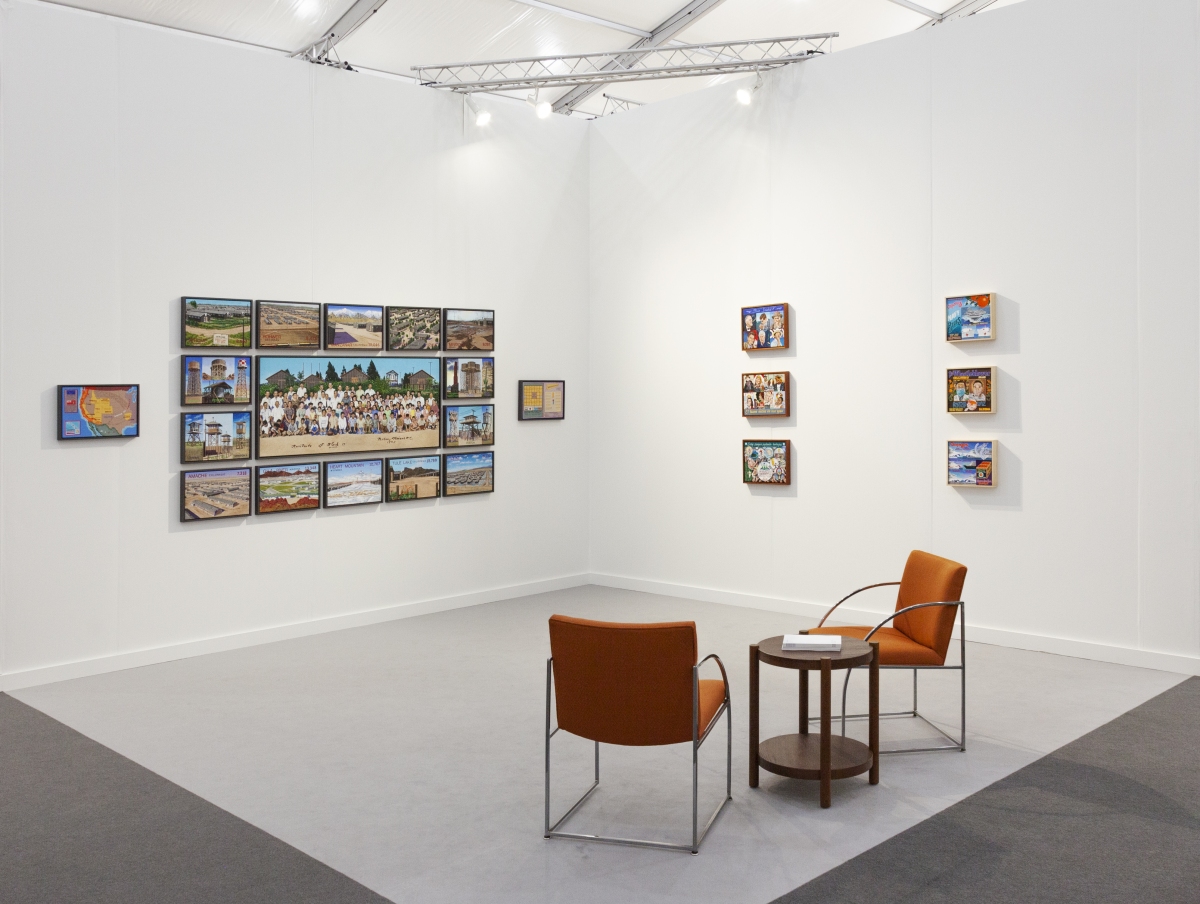
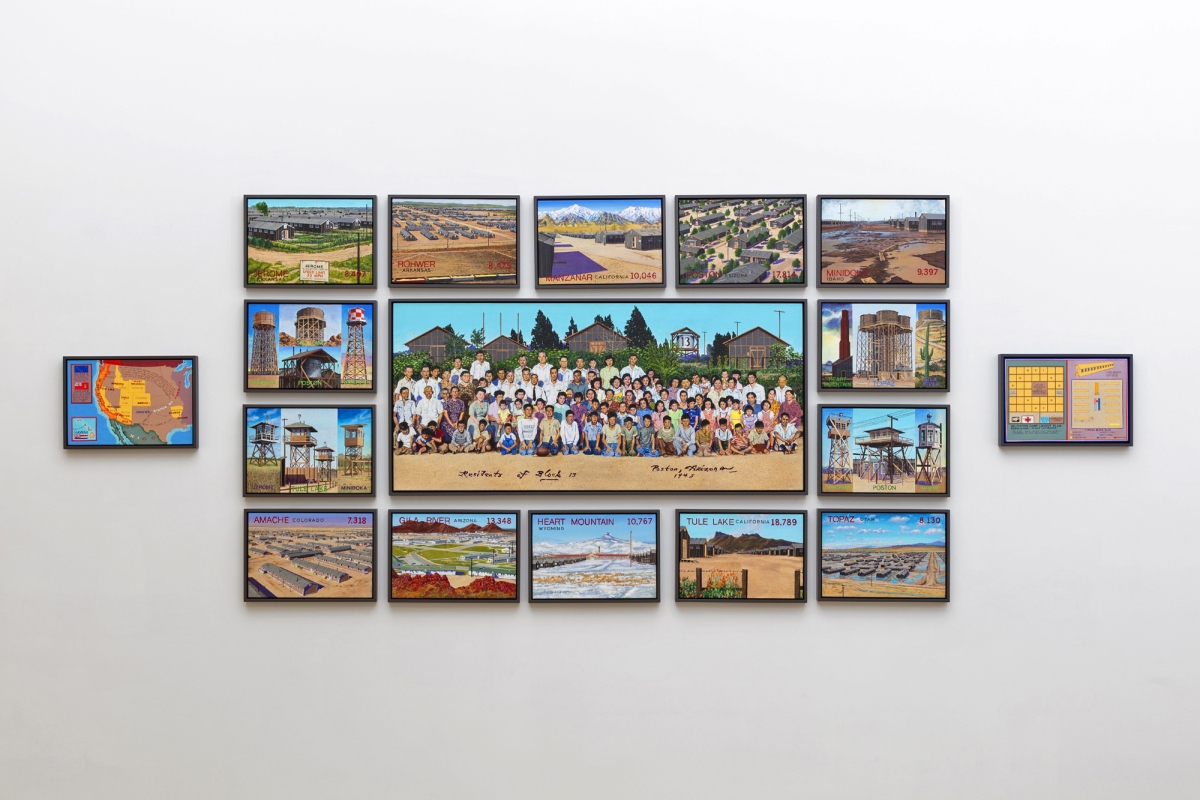
Towers, 2014
acrylic on canvas, wooden frames
53 x 142 in (134.6 x 358.1 cm) installed, 17 panels
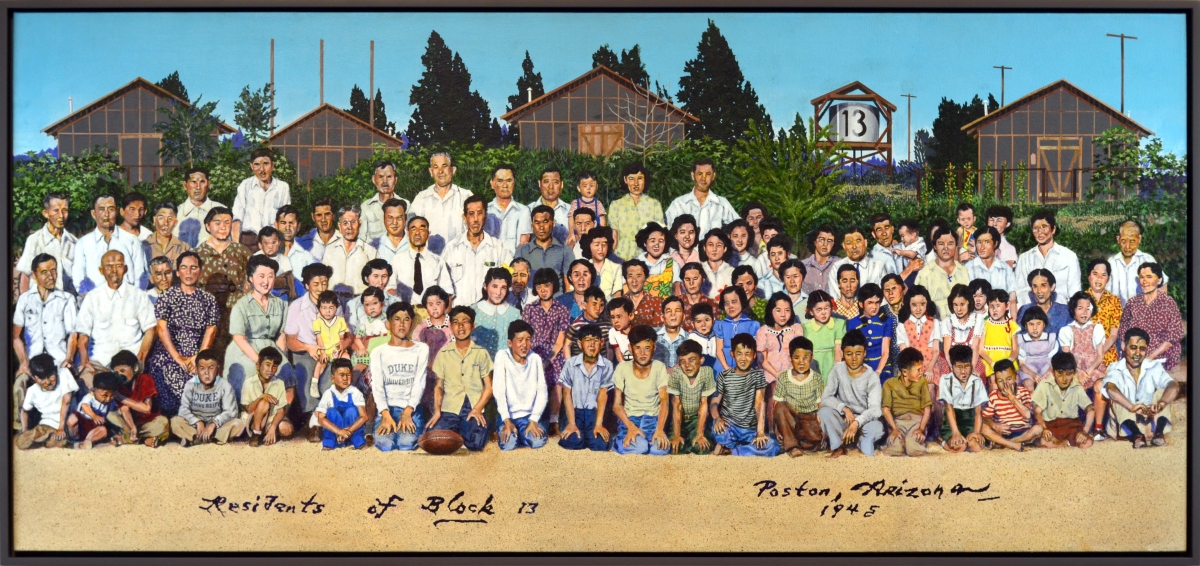
Towers, 2014, detail
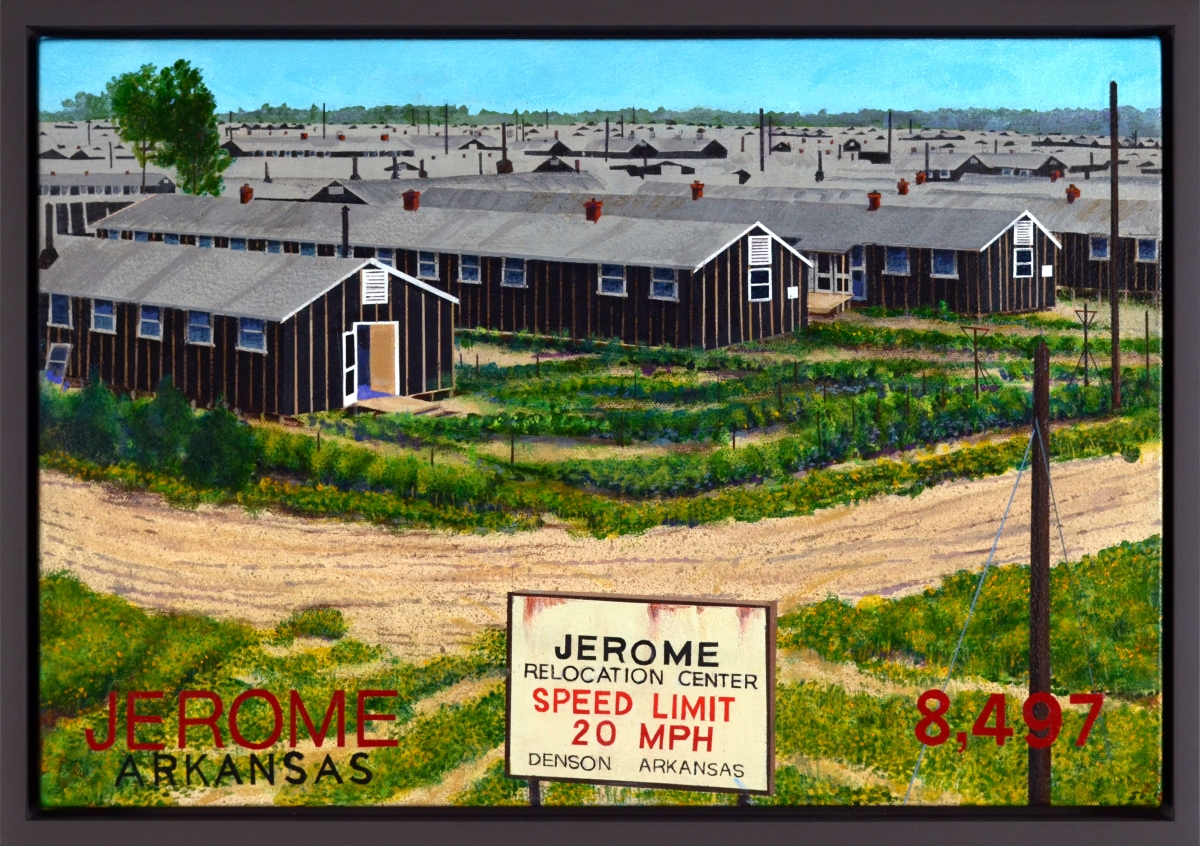
Towers, 2014, detail
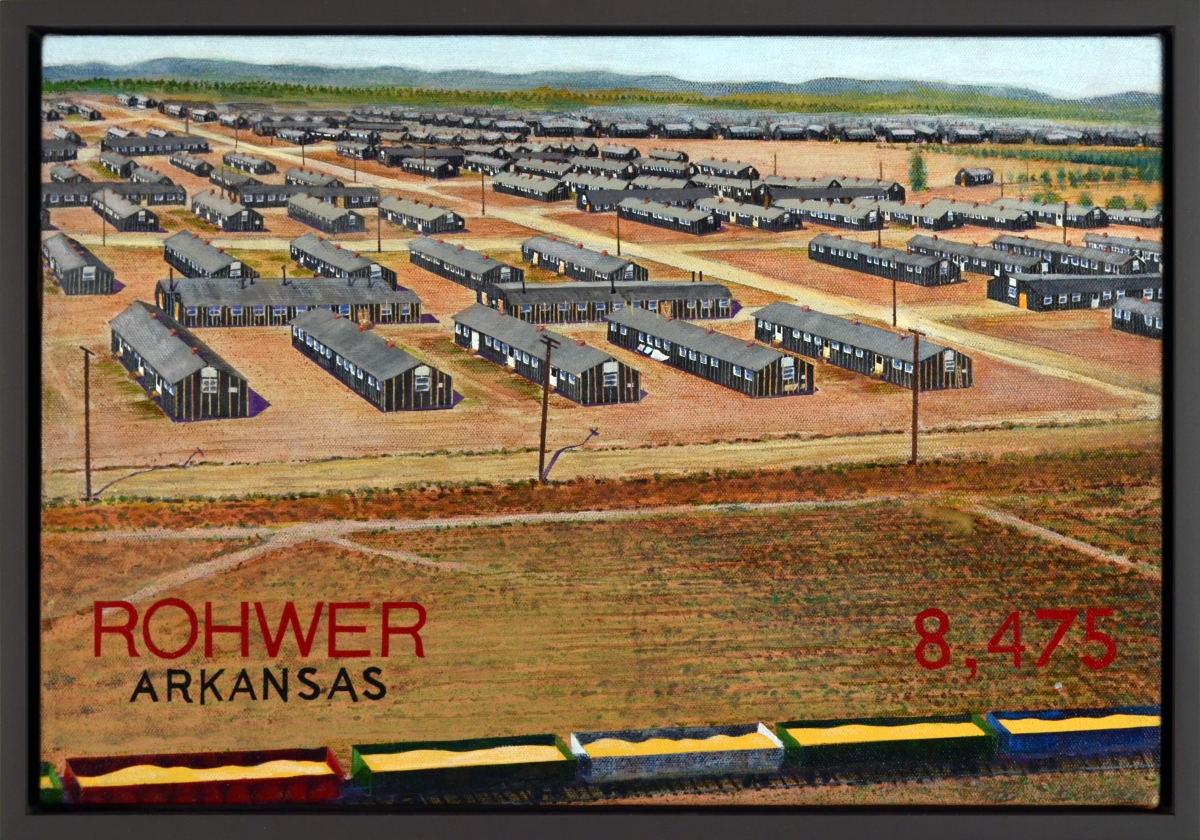
Towers, 2014, detail
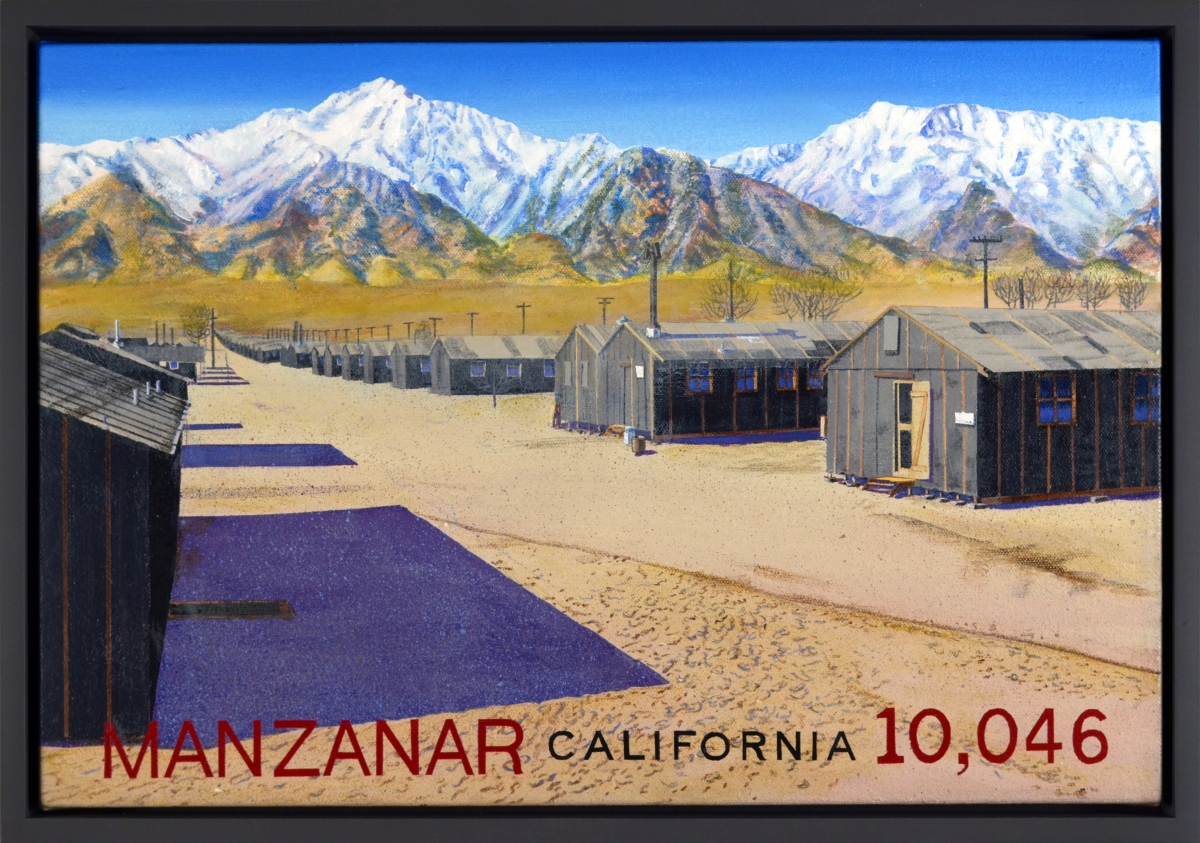
Towers, 2014, detail
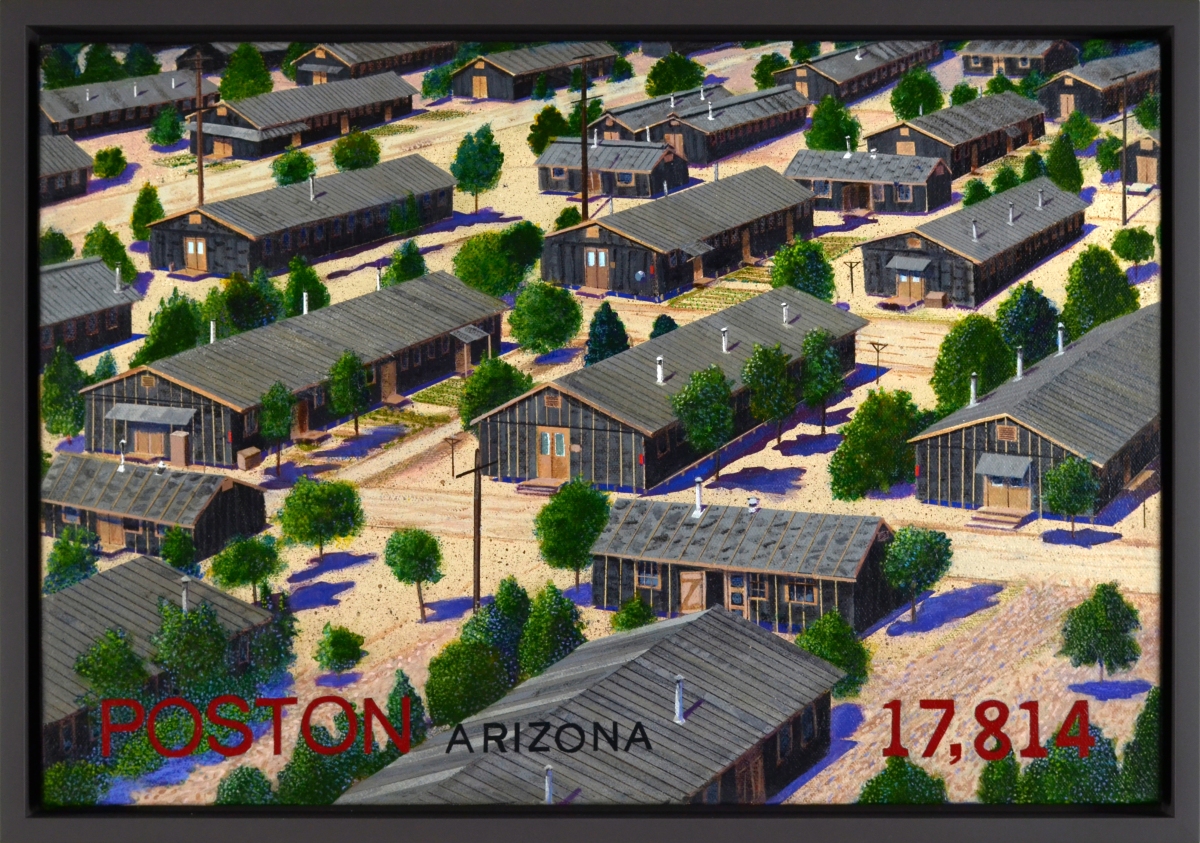
Towers, 2014, detail
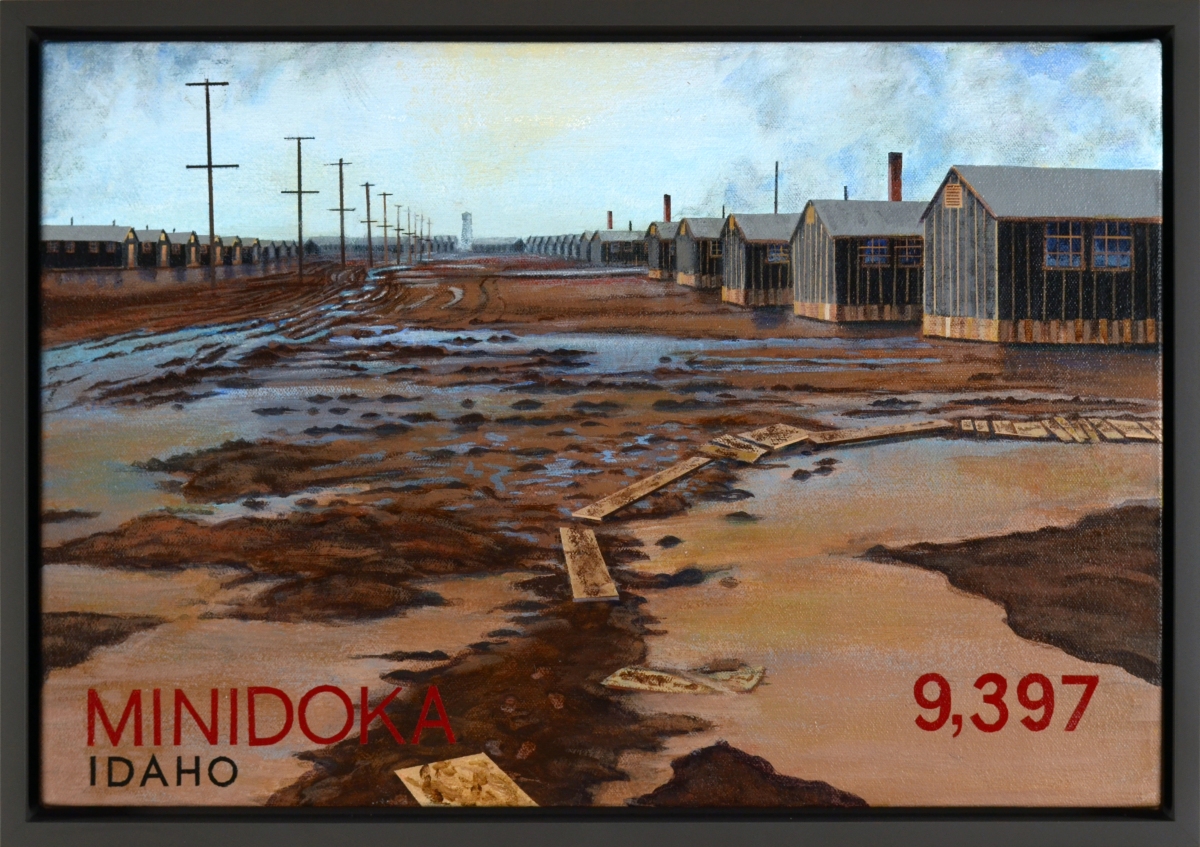
Towers, 2014, detail
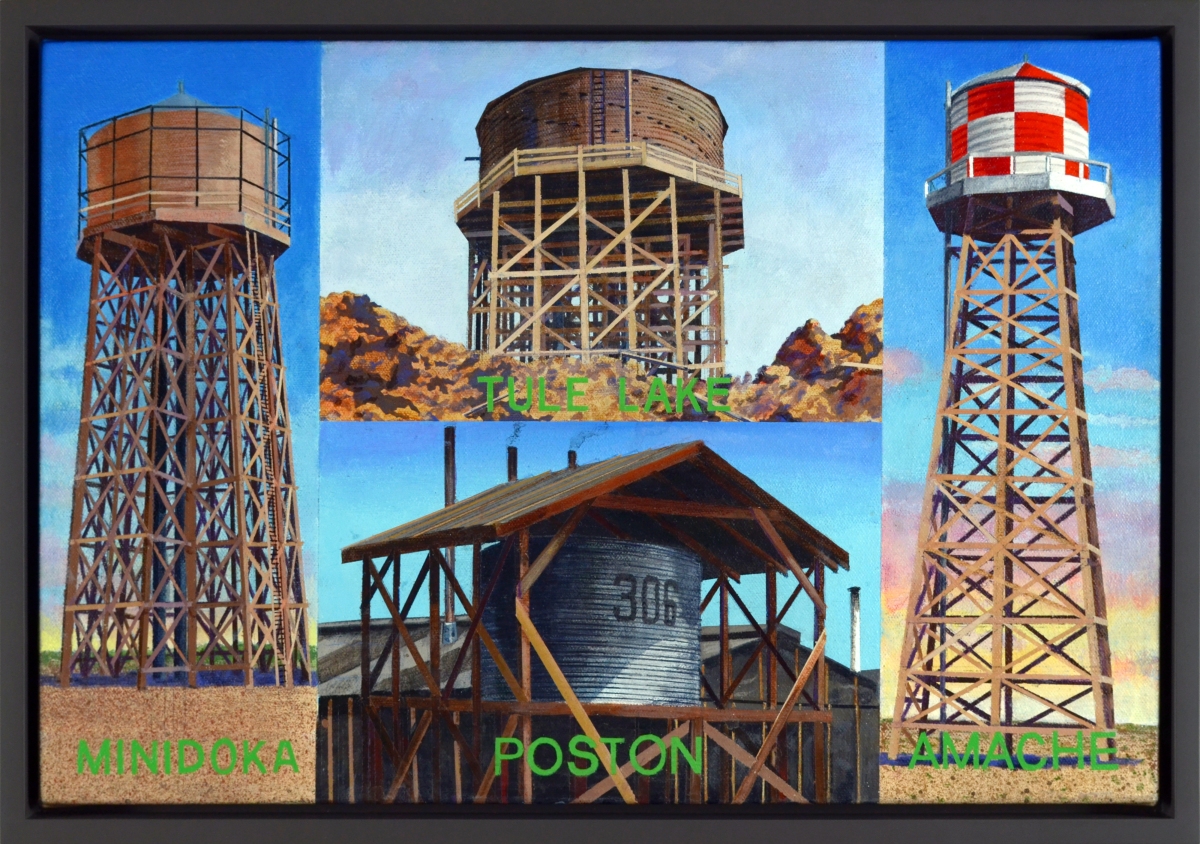
Towers, 2014, detail

Towers, 2014, detail
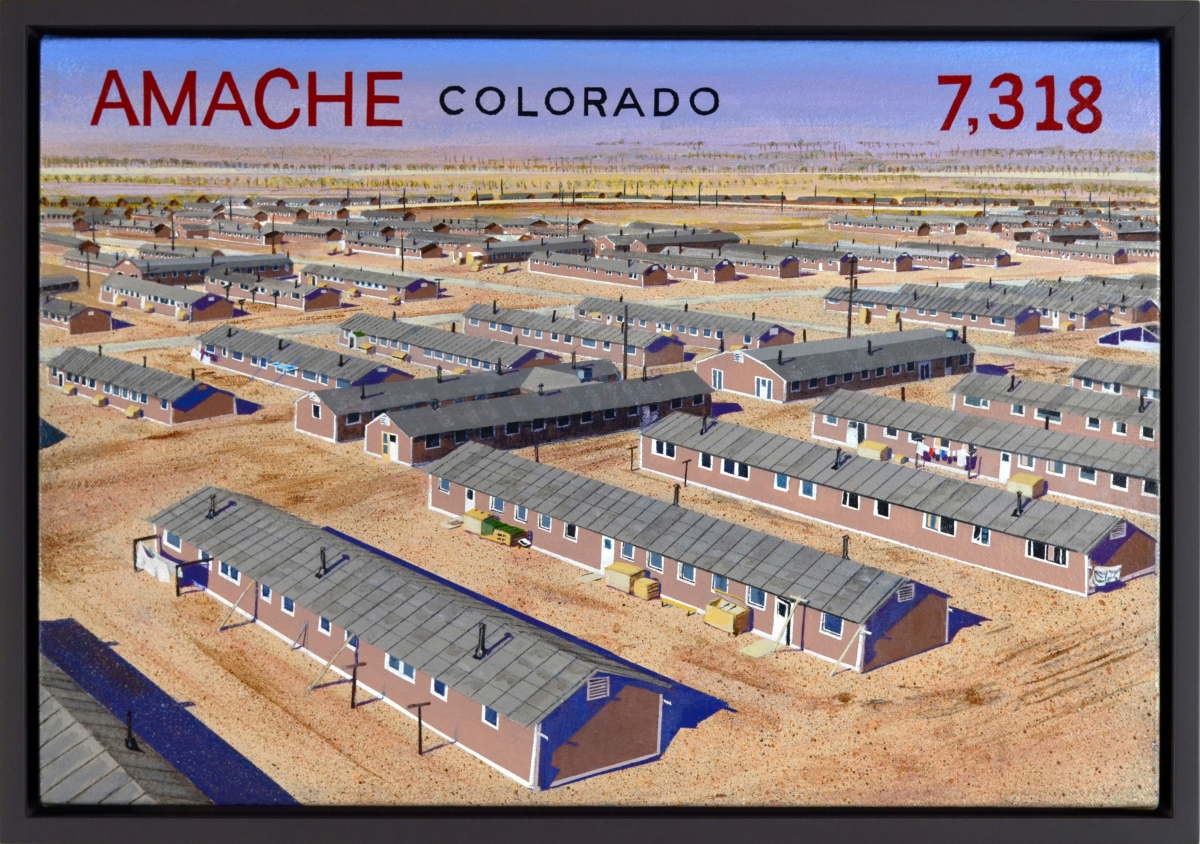
Towers, 2014, detail
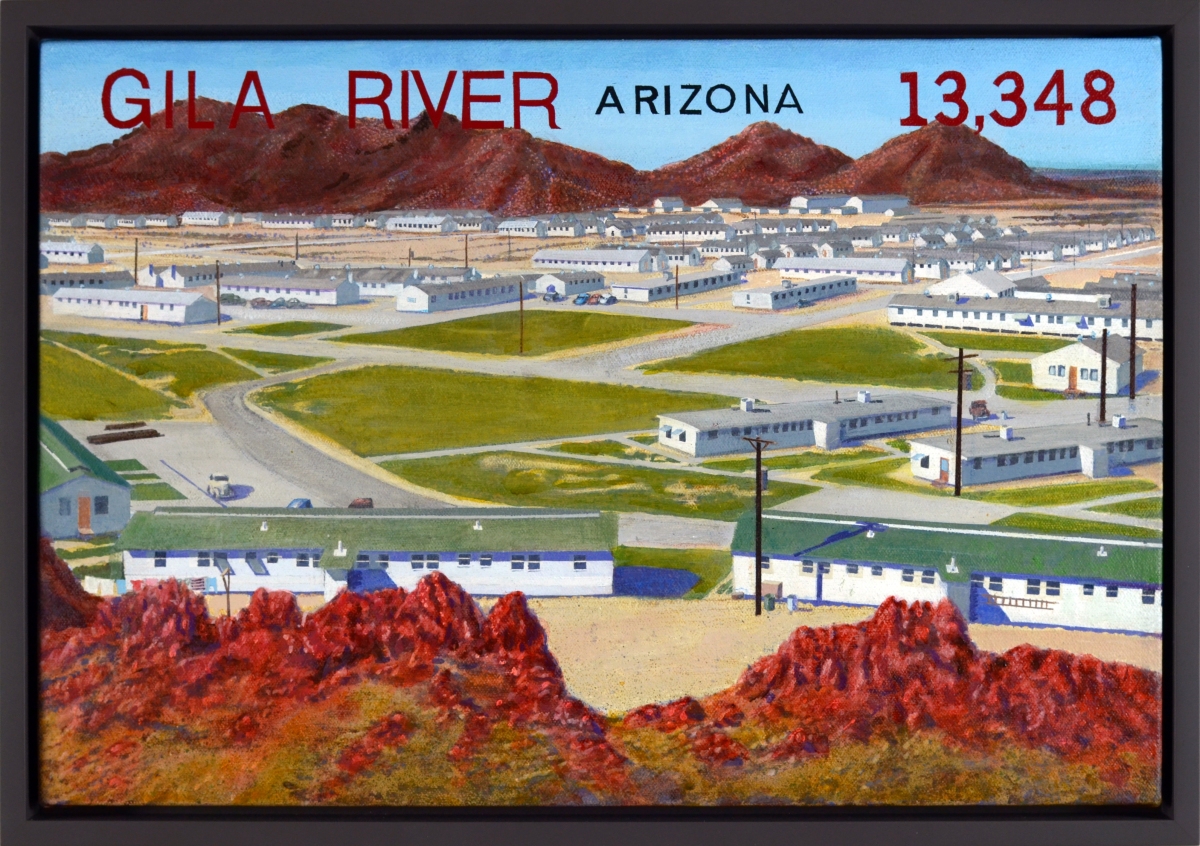
Towers, 2014, detail
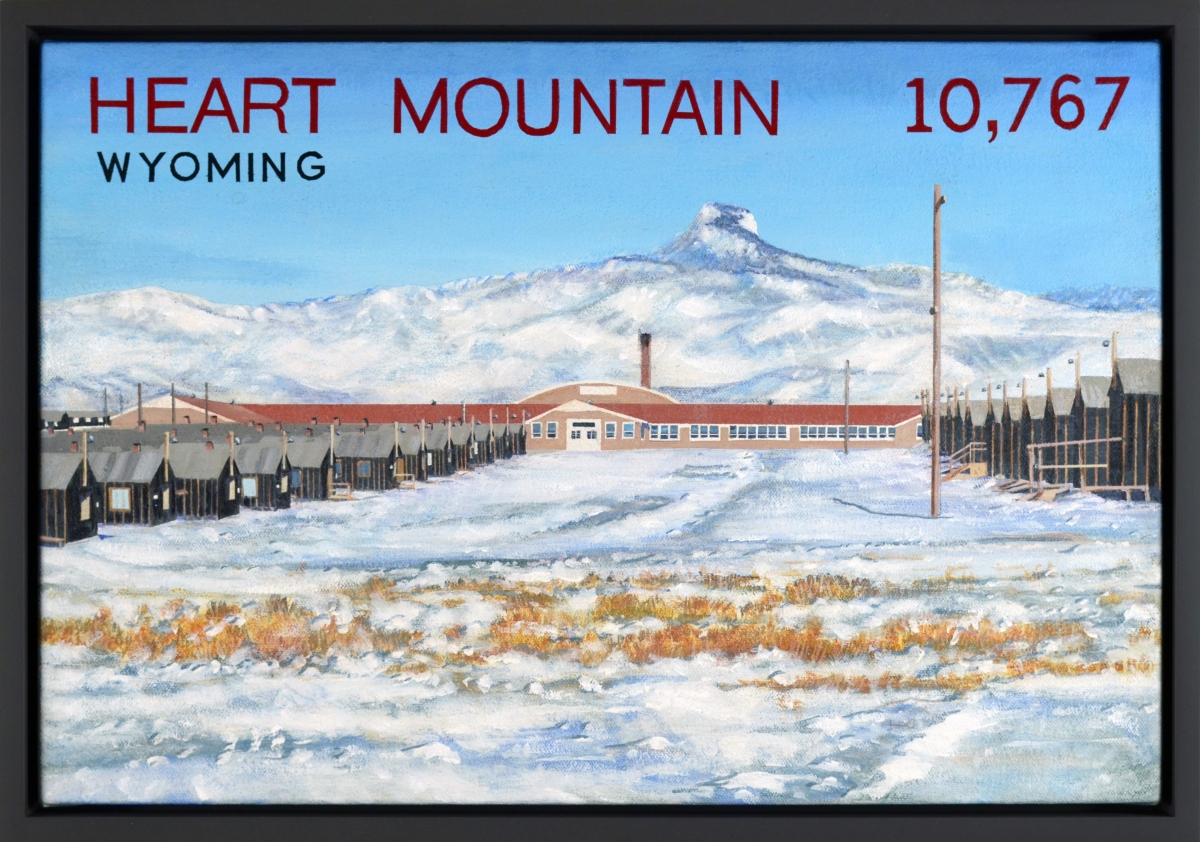
Towers, 2014, detail

Towers, 2014, detail

Towers, 2014, detail
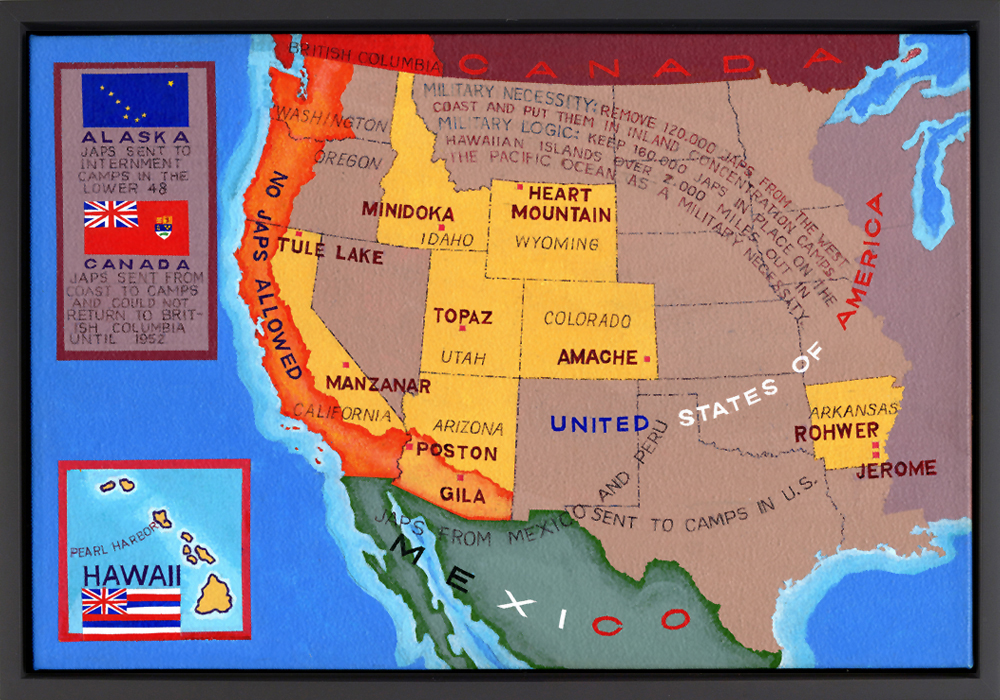
Towers, 2014, detail

Towers, 2014, detail
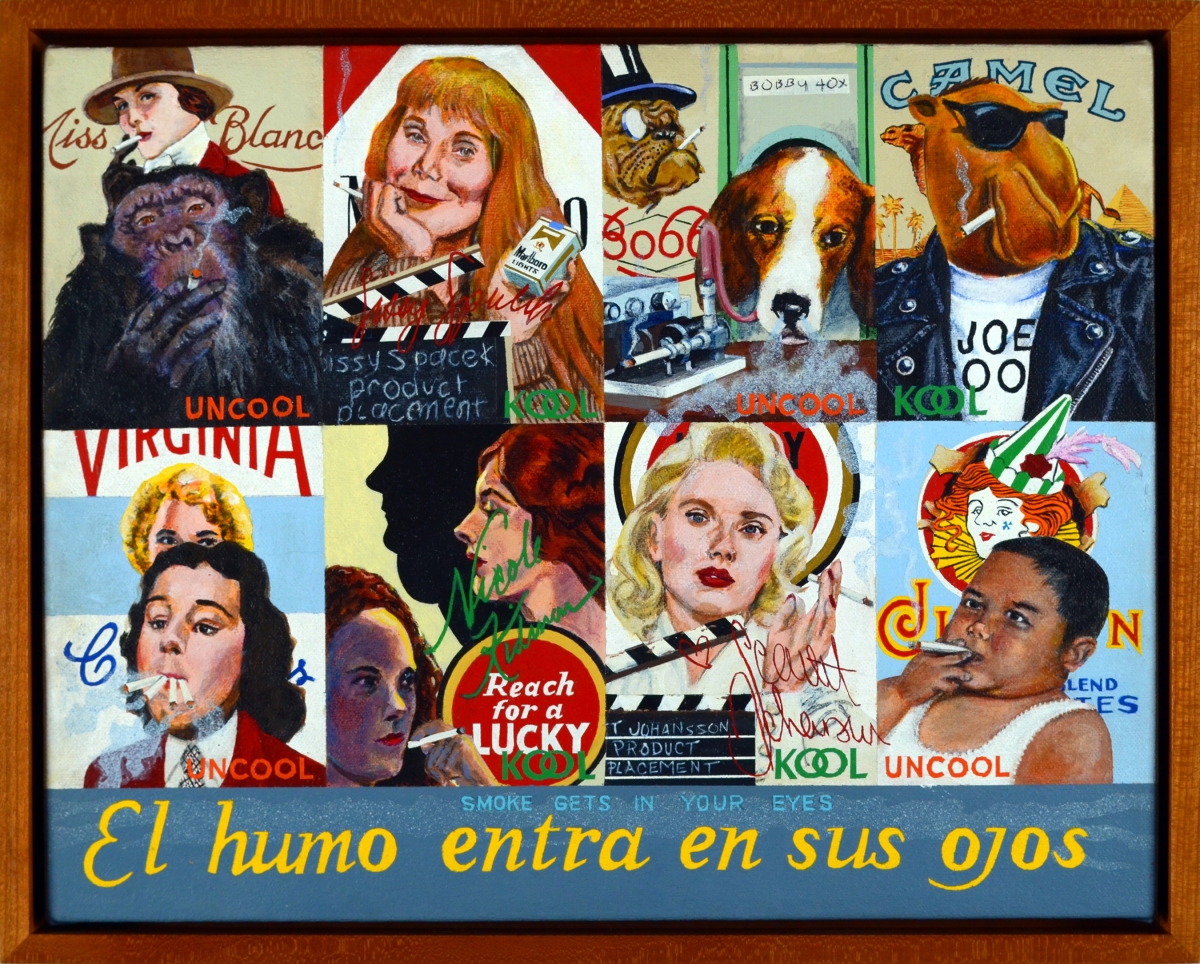
Smoke gets in eyes, 2012
acrylic on canvas, wooden frame
11 x 14 in (27.9 x 35.6 cm)
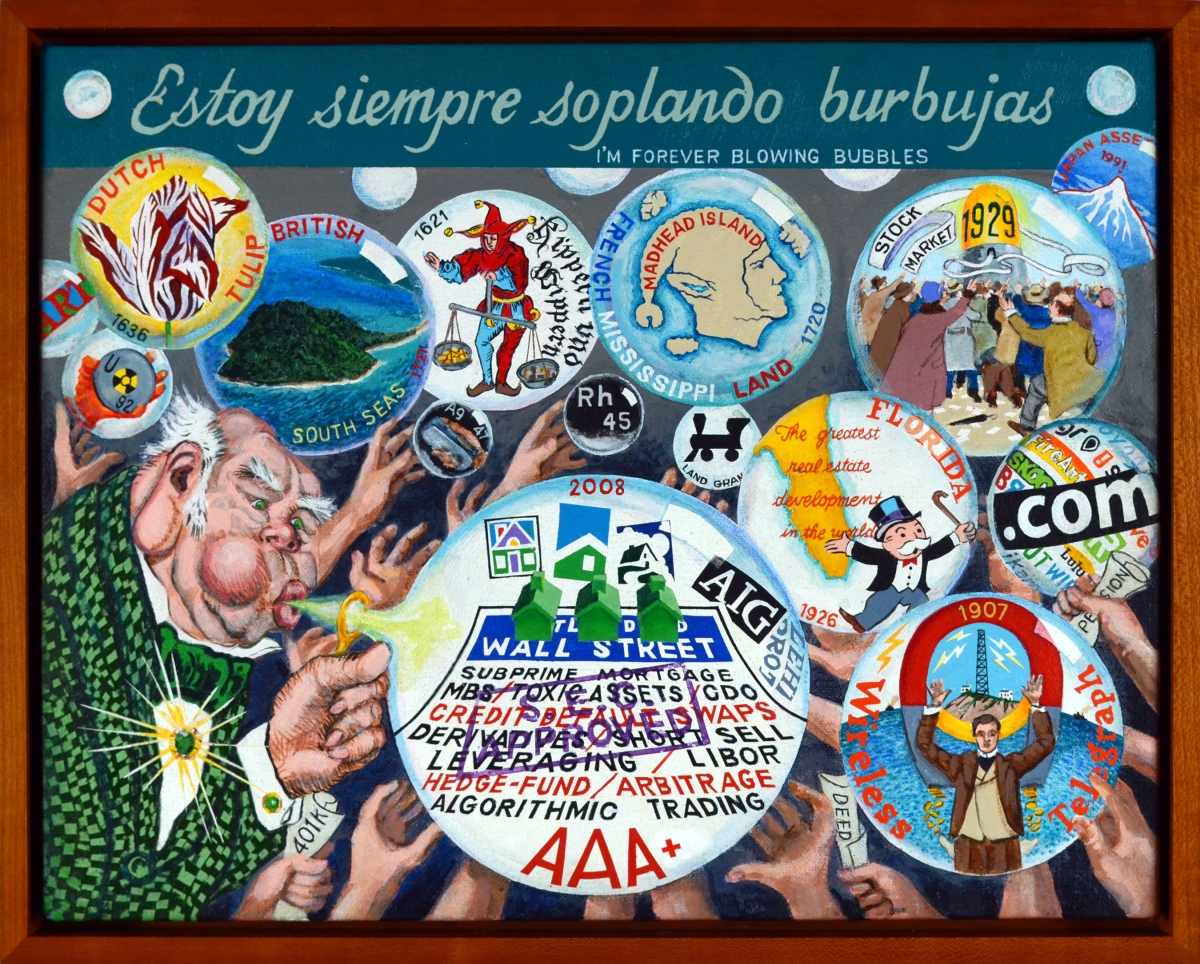
Forever blowing bubbles, 2012
acrylic on canvas, wooden frame
11 x 14 in (27.9 x 35.6 cm)
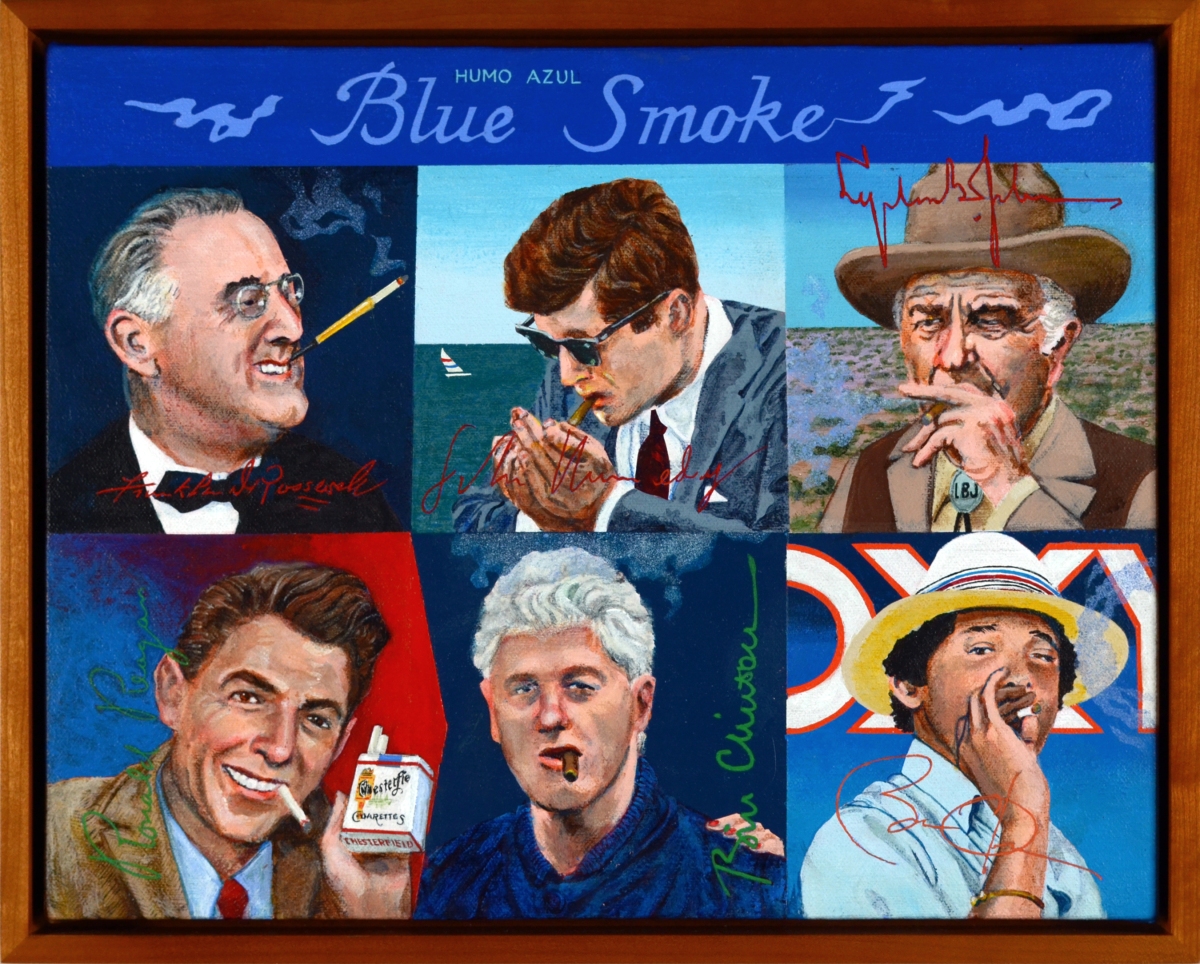
Blue smoke, 2012
acrylic on canvas, wooden frame
11 x 14 in (27.9 x 35.6 cm)

Dr. Whistleblower Brand, 2020, acrylic on canvas, pine frame, 10 x 11 in (25.4 x 27.9 cm)
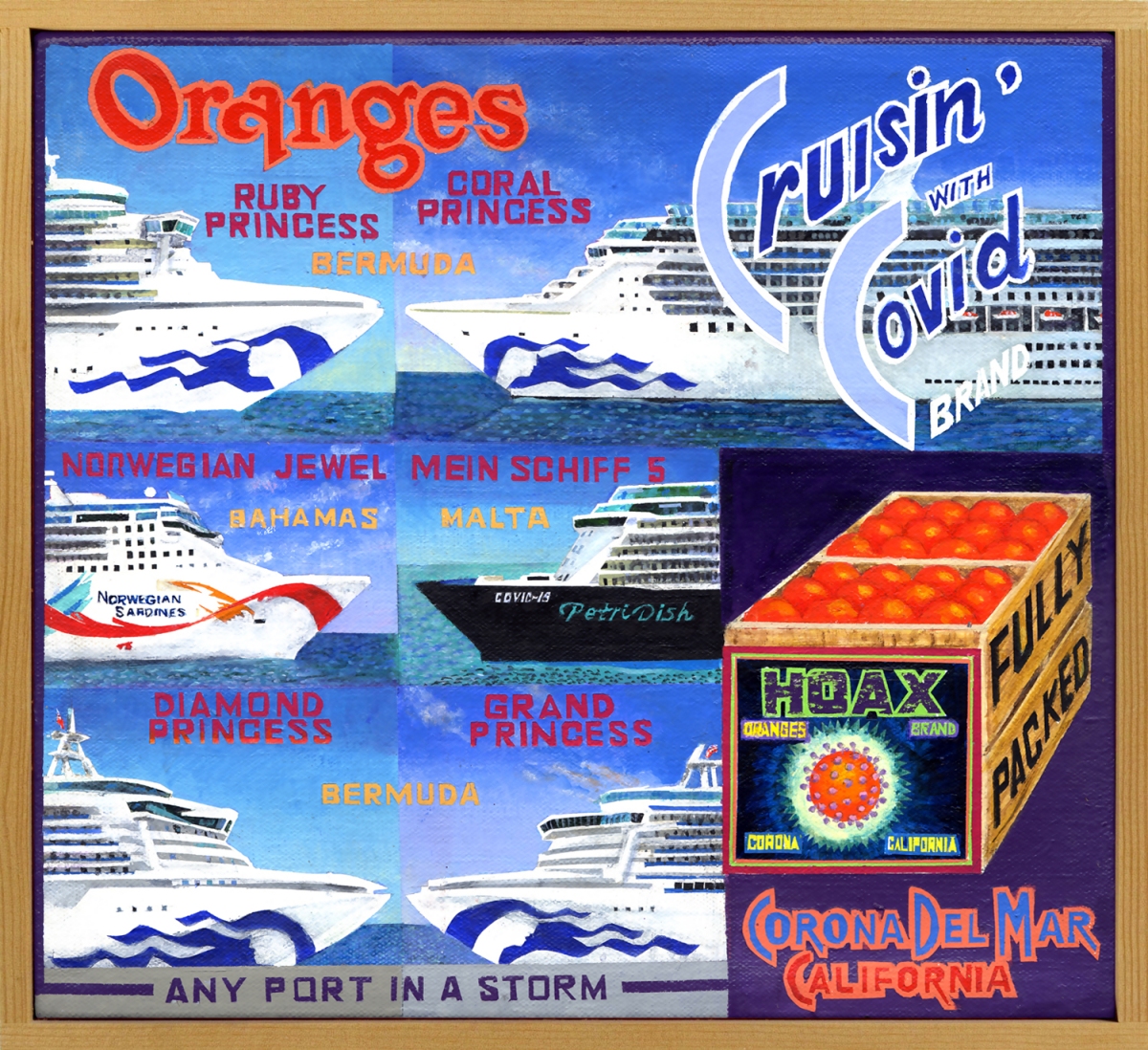
Cruisin’ with Covid Brand, 2020, acrylic on canvas, pine frame, 10 x 11 in (25.4 x 27.9 cm)

Navy Blues Brand, 2020, acrylic on canvas, pine frame, 10 x 11 in (25.4 x 27.9 cm)
